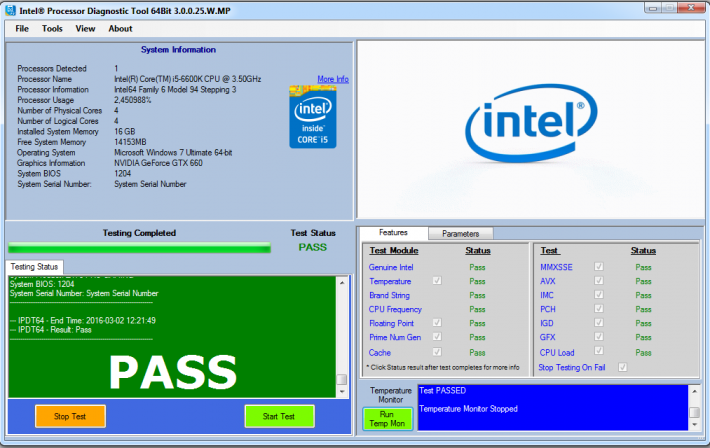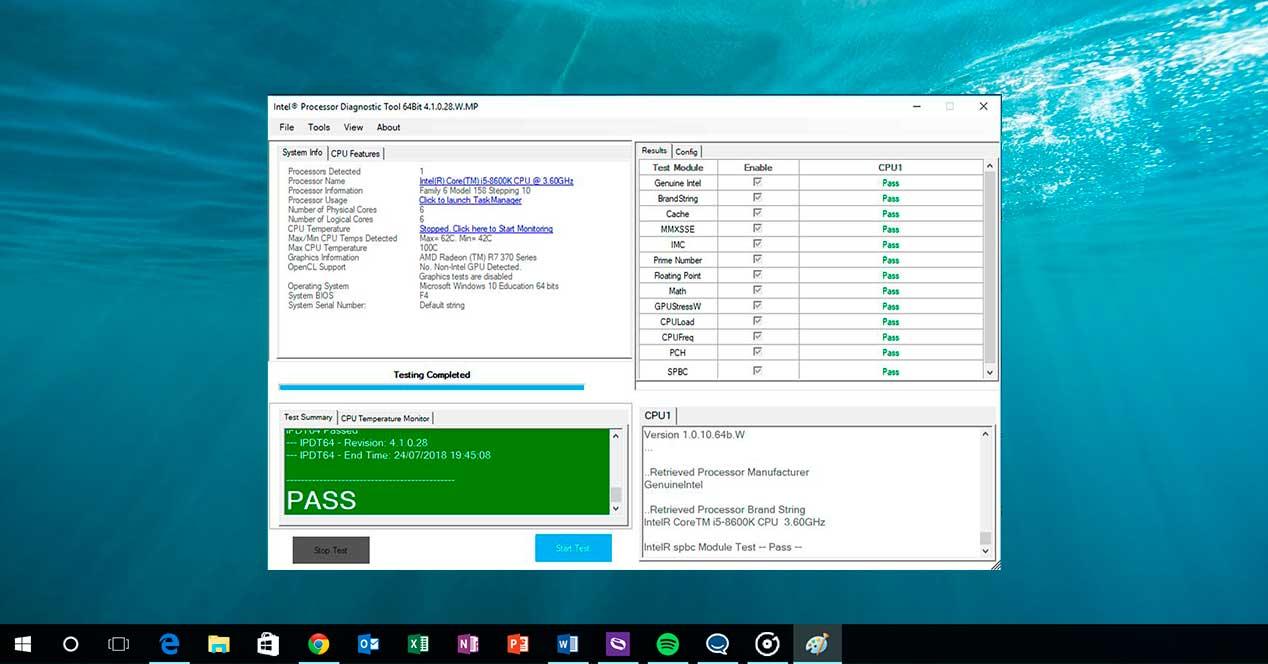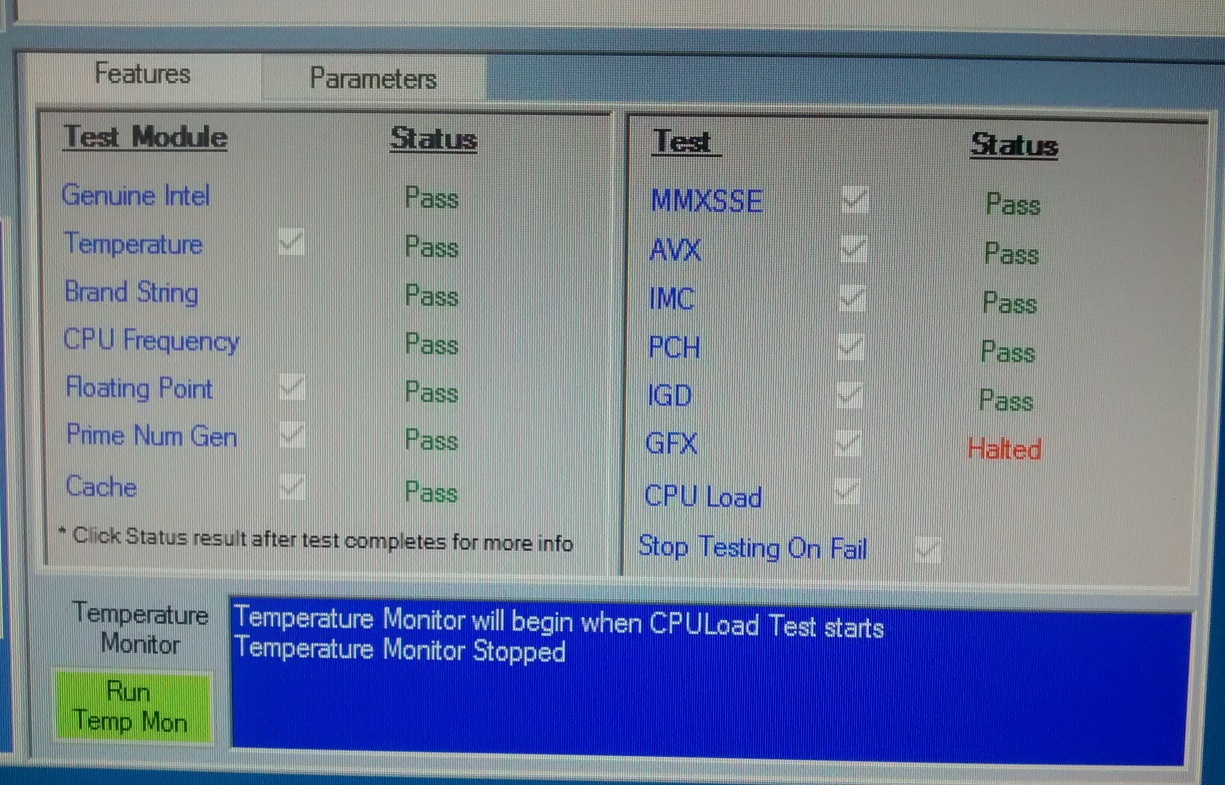

In this post, I’ll examine Serum’s CPU usage to determine whether these are valid complaints. No standalone version.ĭespite near-universal praise for Serum’s sound, many reviews mention CPU efficiency issues. Extensive modulation and tone-shaping features. Flexible unison modes/ Built-in wavetable editor. It’s insanely powerful and sounds phenomenal. Serum needs to be immediately put at the very top of any synthesist’s shopping list. If your computer isn’t beefy, you may have to drop your MIDI tracks to audio so you don’t kill your CPU. It’s just a function of math, if you want rich, fat, CLEAN sound, it’s just something we have to live with. That’s a lot of number crunching for one instrument! This can be mitigated somewhat by using effects to simulate “unison” voices and (MAYBE) using a lower draft quality global setting.

I hit a note on a super saw and saw my i7 dual core processor spike at 20%-30%. Some critics, however, have opined that Serum uses a disproportionate amount of processing power.įirst, the synth uses a LOT of processing power.

Producers love its powerful wavetable tools, myriad modulation options, and functionality-packed UI. Since its Rent-to-Own launch, Serum also happens to be the top seller on Splice’s Plugins store. Illustration: Maria Chimishkyan Xfer Records’ Serum is a powerful, versatile wavetable synthesizer VST that has received near-universal acclaim from reviewers and everyday users alike.


 0 kommentar(er)
0 kommentar(er)
